|
Paskenta: Nomlaqa Bōda
Special to CALIE (Dawson Media Group)
It’s a story fit for Hollywood.
A small Native American tribe in California is driven from its lands and its members, including the very old and very young, are forced to abandon their homes and march into unknown territory. They must rebuild—and so they do. Things are calm for a time, until the 1950s when the Tribe’s sovereign rights are stripped away unlawfully. On behalf of his people, Tribal Chairman Everett Freeman faces off against the U.S. Congress—a small tribe against a legislative giant—and the resilient tribe prevails.
In fact, Hollywood has already come knocking, with requests to buy the rights to the film—but it is not for sale. Its value is too precious, too important to the people whose story it is.
Ines Crosby, Tribal Administrator with the Paskenta Band of Nomlaki Indians, which commissioned the film, graciously spent some time with us to share, in her own words, why this film was created, why there is no price tag on what this film means to the Nomlaki community, and the universal themes that resonate with and move viewers of all ages and backgrounds.
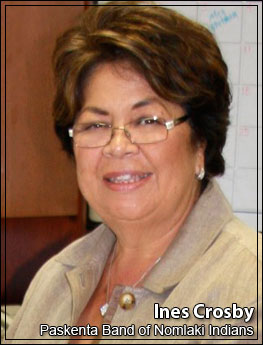
A 2011 interview with Ines Crosby, Tribal Administrator, Paskenta Band of Nomlaki Indians.
Q: What was the genesis for creating this film?
Ines Crosby: More than anything, we had a desire to capture our own actual history and not let it get distorted. We wanted it in our own words. A number of years ago, I even said to (Tribal Chairman) Everett Freeman: “We have to document all of this.” And we sat down at a table with my little video recorder. At a certain point, though, we realized that we wanted professionals to help us do this.
Q: By the very nature of this project, you knew you would be placing your tribe’s history into the hands of someone else to help you tell the story. Obviously this was no small decision. How did you decide to work with Harry Dawson and Meighan Maloney, who are not Native American?
Ms. Crosby: To start with, they had great references. From the first time we met them, we were extremely comfortable with them. They were extremely respectful of us and were never trying to put words in our mouth. They wanted to know what we wanted. That was a really important issue. We felt a connection with them. We watched them when we took them out to see the property – I could see them with their equipment, picking up sounds and making sure the light was just right. We noticed their precision. They did such a good job, paid a lot of attention to details, paid a lot of attention to what we said and what we wanted.
Q: What was most important to you in making this film?
Ms. Crosby: We obviously wanted to capture our history. But we also didn’t need a narrator – We wanted this story told in our own words, not in someone else’s words. That was very important to us.
Q: As the film was nearing completion, what was your reaction and the reaction of the members of your Tribe?
Ms. Crosby: Once we started seeing the film pieced together and previewing the cuts, we thought, “Wow, this is a story.” And I’m grateful it is our story.
Q: At what point did you decide that this was a film your community wanted to share with the larger world?
Ms. Crosby: More than anything, it was when I realized I hadn’t seen anything like this done before. At first I thought I felt this way because this story is so personal to me—but then I came to realize it is a great document. There is such a lack of knowledge about California tribes—even among people right here in California. When most people think about the history of Native Americans, they think primarily about the Plains Indians that roamed. We were not a tribe that had to roam—we didn’t need to, because all the resources we needed were right here. And, we realized there was a great lack of knowledge about how the history and development of California really impacted us as a community.
Even today most people don’t really understand what reservations were about. It wasn’t that the government was giving us the land; instead, they were containing us.
Q: What are the universal lessons in your history—and captured in this film—that you hope will resonate with a wider audience?
Ms. Crosby: I want people to understand that you do not have to be a victim of circumstance but a survivor. I hope this message reaches many people—not just Native Americans—in whatever their situation happens to be. It is about perseverance and being resilient.
I hope that viewers will find value in the lessons we have learned from our history: To learn from the past, to honor our ancestors and the doors they left open for us. When we open those doors, it helps to us make better choices as we live in the present, and work to prepare for a better future for our children and all who follow us who we have not yet met.
And I hope that viewers will feel the sincerity of Tribal Chairman Everett Freeman, who radiated great leadership and the desire to be a better person.
Above all, nobody can tell you who you are. You should never wait for somebody else to define you. You must define yourself.
Q: What reaction has the film received thus far?
Ms. Crosby: We have had offers from people who want to buy the film from us. We’ve even had people want to purchase the framed poster of the film from off the wall in our office. People who watch the film say it touches them. It’s more than just educational. It’s a beautifully crafted film. It’s our story—and we wanted to be the ones to tell it.
|
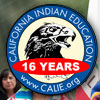


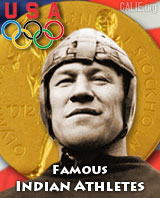
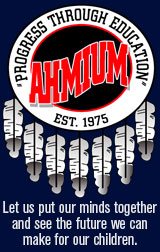
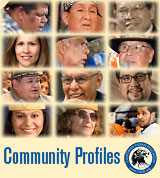
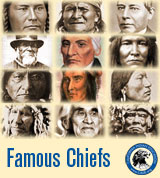
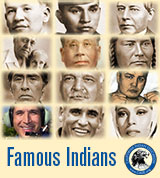



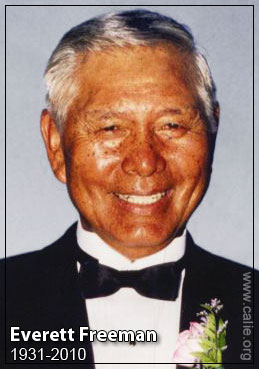
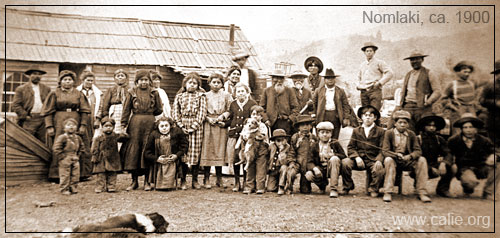

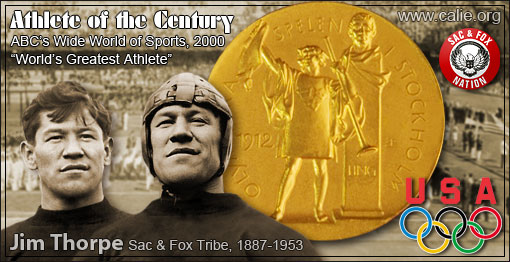
 JOHN CHIEF MEYERS (Cahuilla, Riverside
JOHN CHIEF MEYERS (Cahuilla, Riverside
